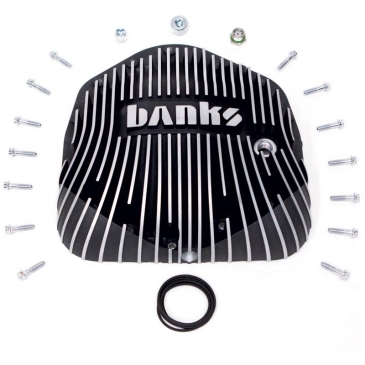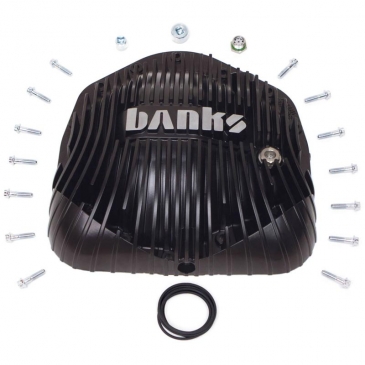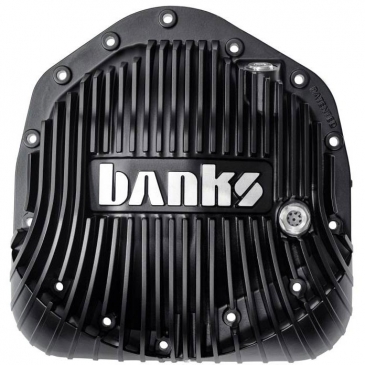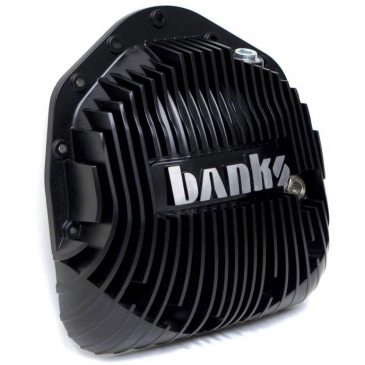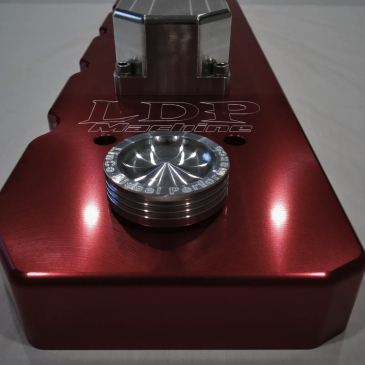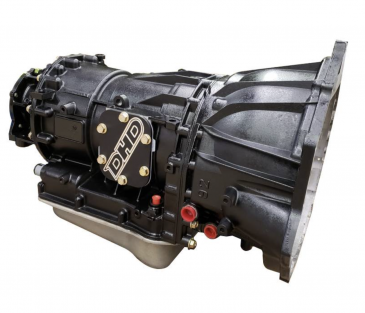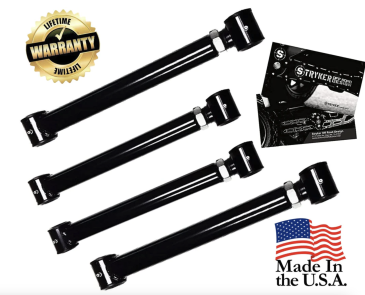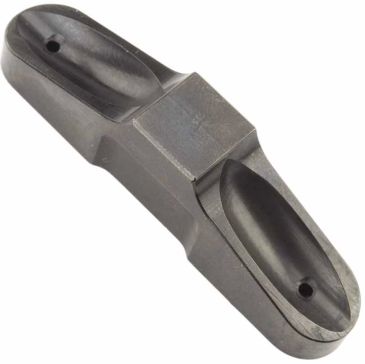


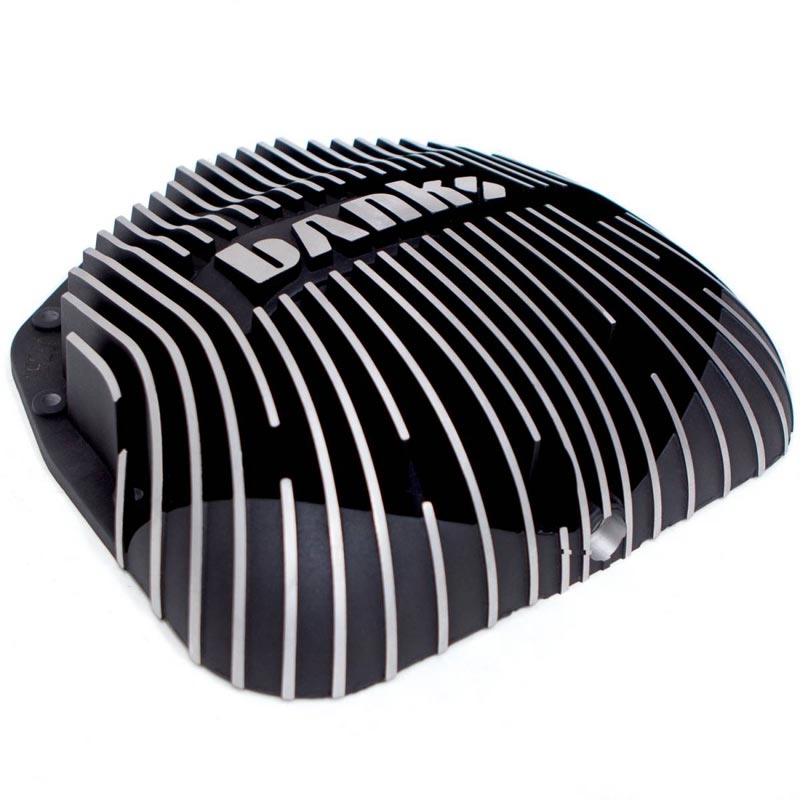
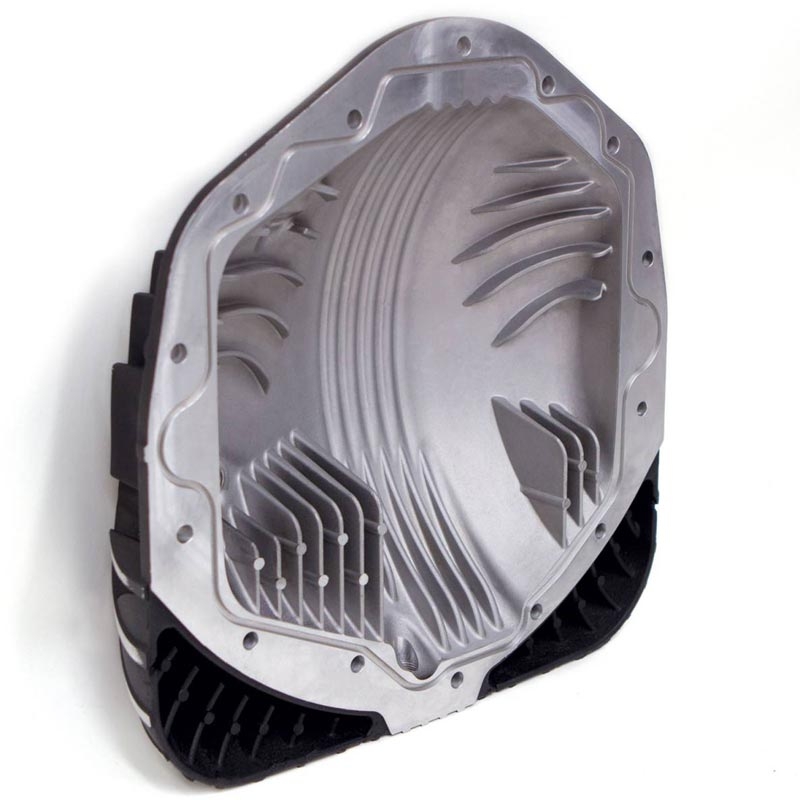


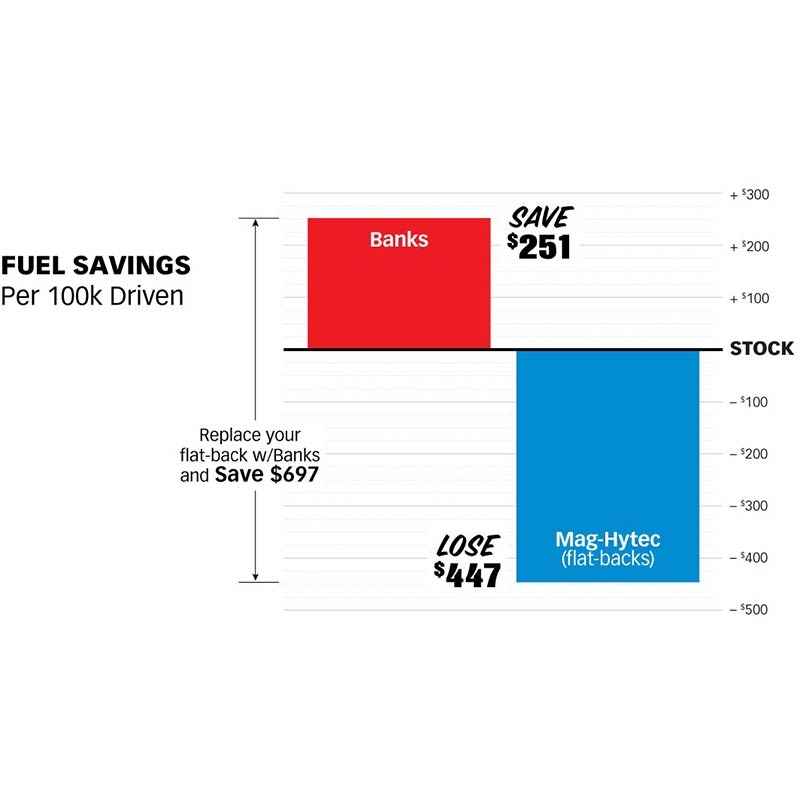

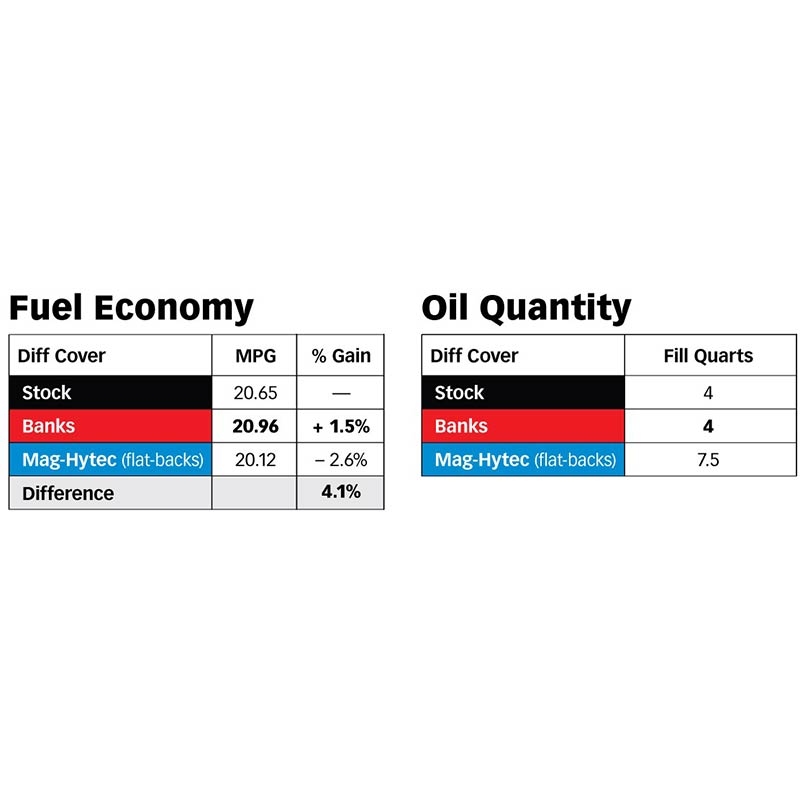
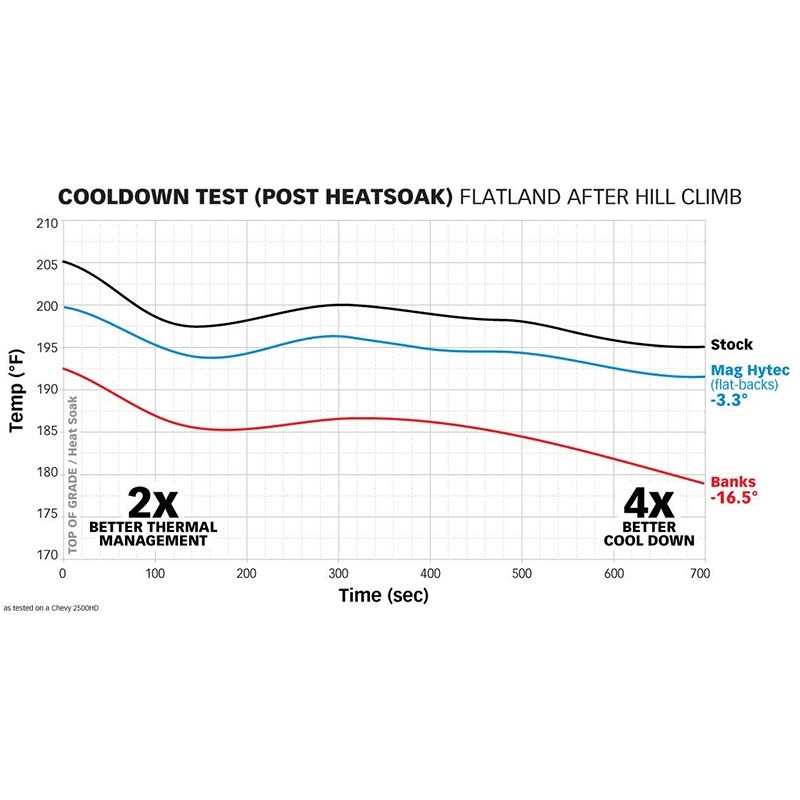
BANKS POWER AAM 11.5" 14-BOLT REAR RAM-AIR DIFFERENTIAL COVER
Part # BP19259
$385.99 - $395.99
Fitment
|
Make |
Model |
Engine Size |
Year(s) |
|
Chevrolet |
Silverado 2500/3500 HD |
6.6L Duramax |
2001-2019 |
|
GMC |
Sierra 2500/3500 HD |
6.6L Duramax |
2001-2019 |
|
Dodge/Ram |
2500/3500 |
6.7L Cummins |
2003-2018 |
Tell Us How You Feel!
Tell Us How You Feel!
| Item# | Description | Qty. | MSRP | Your Price | ||
|---|---|---|---|---|---|---|
| BP19259 | Raw Aluminum |
$385.99 |
ADD TO CART
|
|||
| BP19249 | Textured Black Powder Coat |
$395.99 |
ADD TO CART
|
|||
| BP19269 | Black Ops |
$395.99 |
ADD TO CART
|
General Description
Purpose Built
The Banks Engineering team’s goal was to perfect fluid flow and reject BTUs from the fluid as fast the ring and pinion puts them in. If the fluid flow is impeded in any way, it results in resistance and aeration which reduce fuel economy and creates heat, thereby degrading the fluid and decreasing the lifespan of the gearset.
In all studies, the stock stamped steel AAM (American Axle Manufacturing) was used as a baseline. Competitive covers tested included Mag-Hytec, AFE, ATS, BD, PPE and others, with Mag-Hytec and AFE representing the ‘flat-back" design category.
Heat Absorption and Radiation Surface Area Comparison
The Banks Ram-Air cover features 169% more exterior heat radiation surface area and 21% more internal heat absorption surface area than Mag-Hytec. This is impressive considering the Banks cover retains the stock 4-quart fluid capacity.
Road Test: Heat Rejection - Grapevine Trailer Test
Road tests were performed on a stretch of California’s infamous Grapevine (Interstate 5) on the same truck, with the same driver and the same load, at the same time of day and at same temperature. Starting with a nominal 78° ambient temperature, the operator pulled an 11,650 lb weight trailer with a 2018 Chevy Silverado 2500HD 6.6L diesel. Gross combined weight was 19,750 lbs. The rear differential was heated by maintaining a constant speed of speed of 55 mph up a 6% grade for 5 miles, ascending over 1,600’.
At the top of the 550 second hill climb, running the 3.9 quart stock differential cover, the lubricant temp was 205°. Filled with 7.5 quarts, the Mag-Hytec recorded 199° while the Banks filled with 4 quarts recorded 192.5°. Even with less lubricant, the Ram-Air cover controlled heat 2X better than the flat-back during the high horsepower hill climb!
From the crest to the end of the test, running 55 mph for 700 second at relatively constant elevation, the stock cover cooled from 205° to 195°. The Mag-Hytec cooled to 192.5° and 178.5° for Banks, a 4X improvement over the Mag-Hytec and by extension all other flat-back copies.
Chassis Dyno Testing: Heat Rejection - Sustained Power Test
This test was used to determine high load, steady state thermal management. Gale had originally requested a 90 minute, 250 hp test. Gale soon regretted that request. At 90 minutes the lubrication measured 316° and was still climbing. The intense test even resulted in the dyno catching on fire. After repairs were made, the test was revised to 60 minutes at 200 hp.
Testing was started after a 100° nominal temperature was achieved. Using a 2007 Dodge Ram 6.7L 3500 dually, the truck was brought 60 mph and loaded to 200 hp, typical of pulling a heavily loaded trailer up a 6% grade. Lubrication was changed between every test.
The equivalent of 60 MPH road speed air was directed under the truck’s belly using the Banks Wind Machine, aided by additional shop fans. Air damns were constructed to contain the airflow under the truck toward the rear differential.
At the end of the 60 minutes test, the lubrication temp was 289°, AFE was 261° or 28° cooler than stock. Banks was 228° or 61° less than stock. Banks outcooled AFE by 118% and by extension, all flatback covers.
Anemometer: Air Velocity
After affixing anemometers fore and aft of the rear differential, a dead zone was discovered. Like the wing of plane, the rear differential splits the air. At a road speed of 70 mph, air speed was measured at 32 MPH in front of the differential and 11 MPH 20" behind the differential. This indicated an area of dead air.
This low velocity dead zone extends as far out as 36" from the back face of the cover. No matter how deep the cooling fins are, they’re unable to adequately reject heat due to inadequate airflow over the surface of the fins.
This discovery resulted in the Ram-Air scoop concept. As the truck moves through the air, cool static air is forced into the Ram-Air scoops and directed 90° up and through the long, thin heat radiation fins.
Fuel Economy Testing Simulated City Driving
Fuel Economy was tested on the Mustang dyno using the OBD-II fuel flow rate and vehicle speed data, as well as the Banks emissions analyzer to measure fuel economy calculated from tailpipe emissions. The dyno was calibrated to simulate a 7,500 lb vehicle with an engine output of 30 HP required to maintain a 50 mph steady state speed. The truck was warmed to operating temperature then held at a constant 50 mph for a fixed length of time to procure an accurate average fuel consumption. The test was repeated for all covers as per their respective manufacturer’s fill level specifications.
At $3.50 per gallon of diesel, Banks owners will save $251 in fuel for every 100,000 miles driven as compared to stock. Flatback owners will spend approximately $447 in lost fuel economy over stock, enough money to buy another diff cover. Those upgrading from a flat-back design to a Banks cover can will see a $697 savings in fuel economy over their next 100,000 miles.
Features
- Cover mates perfectly with differential housing for unobstructed fluid flow
- Ring gear controls the fluid flow path to the pinion and bearing sets
- Axle tube lubricant guides direct fluid to axle bearings without over-filling
- Low fluid aeration means longer fluid life
- No need to remove cover to change fluid
- Magnetic 3/8" drain plug with 3.8" square drive, no hex wrench required
- Magnetic 3/4" fill port plug with 3/8" square drive, no hex wrench required
- 20° angled fill port for easy access
- 1/2" Stainless steel sight glass with contrast screen (visual aid) and Viton seal
- Banks recommends Amsoil 75W-90 Severe Gear Synthetic Gear Lube Easy Pack
RecentlyViewed Products
REVIEWS
